FREE SHIPPING ORDERS OVER $100. Get 25% OFF ON ALL ORDERS NOW
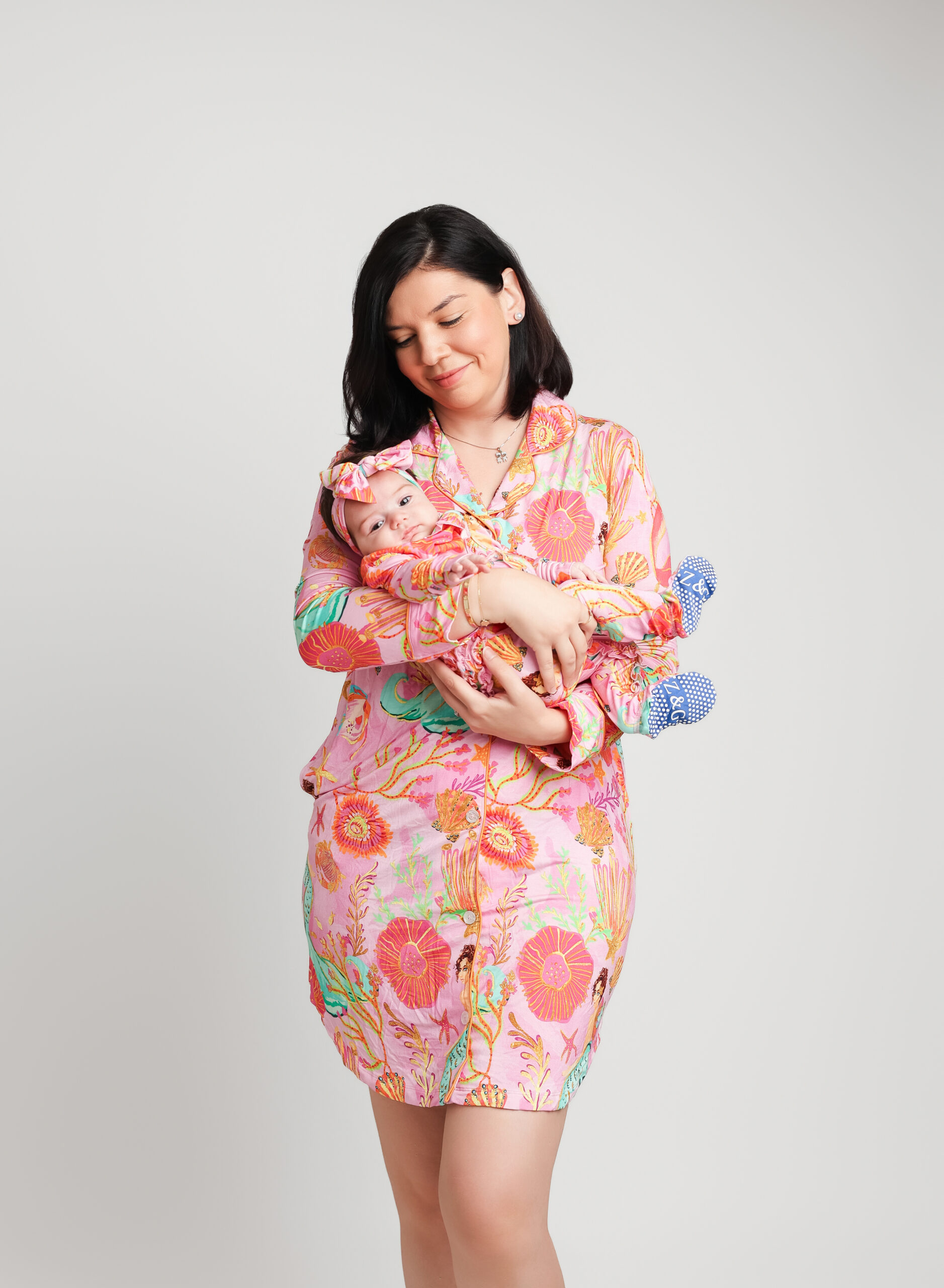
Creating your pajama pants is a practical and fun project, whether you’re a beginner or an experienced sewer. With the right materials and guidance, you can make customized sleepwear that fits your comfort needs perfectly.
In this blog, we’ll walk you through how to make pajama pants step by step, using key terms like diy pajama pants, how to make pajama bottoms, and more, ensuring you can create a pair of cozy, tailored pajama bottoms for the ultimate relaxation and sleep.
The first step in making pajama pants is collecting the necessary materials. For this project, you’ll need:
These materials will make the process of learning how to sew pj bottoms easier and more enjoyable.
Before you start sewing, it’s essential to take accurate measurements. This will ensure your pants fit well and are comfortable. Follow these steps to measure:
Once you’ve taken your measurements, add an extra inch to the waist and hips for ease. Fold your fabric and cut two identical leg pieces, ensuring you leave space for seams and hems. If you’re making diy pajama pants, using an old pair of pants as a pattern can help simplify the process.
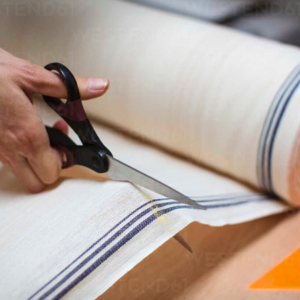
If you are thinking what should a newborn wear to sleep then, bamboo fabric is the best one to choose. Now that your fabric is cut, it’s time to sew the pant legs. Pin the two leg pieces together along the outer seams, with the right sides of the fabric facing each other. Sew down the side seams using a straight stitch, leaving the top (waist) and bottom (legs) open.
Once the side seams are stitched, flip the pants right-side out and check for even seams. This process is an essential part of how to make pajama pants, ensuring the structure is solid and smooth.
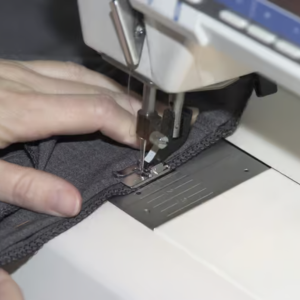
The crotch seam is the next step in how to make pajama bottoms. To sew the crotch, lay the two legs flat, pin the crotch area together, and sew along the curved seam. Ensure the stitches are secure, as this part of the pants will endure the most wear and tear.
If you’re unsure about the crotch measurements, it’s better to cut the crotch area slightly larger and then adjust it after sewing.
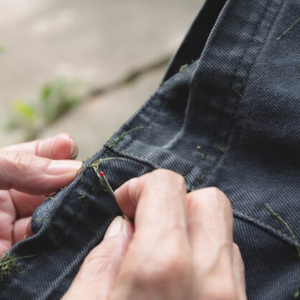
Once the pant legs and crotch are sewn, it’s time to create the waistband. You can choose between an elastic or drawstring waistband, depending on your comfort preference.
Both waistband types work well for making pajama pants, and you can decide which feels more comfortable for sleep or lounging. Most people get confused between Cotton vs Fleece Pajamas, so for them, we are going to make it clearer. Both fabrics are good but you need to understand which one is better as per the person who is wearing it.
The last step in constructing your pajama pants is hemming the pant legs. Fold the bottom of each leg up about an inch and sew along the edge to create a clean hem. If you’re making pajama pants short length, ensure the hemline is even and tidy.
Hemming helps keep the fabric from fraying and gives your pants a finished polished look. It’s a simple yet crucial part of learning how to sew pj bottoms.
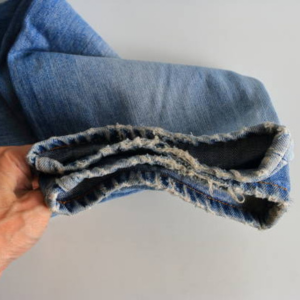
After sewing, it’s time to try on your pajama pants. Check the fit around the waist and hips, and make sure the legs are the right length. If the pants feel too loose or too tight, you can adjust the elastic or drawstring waistband for a better fit.
Once you’re satisfied with the fit, give your new pajama pants a final press with an iron to smooth out any wrinkles and help the seams lay flat. The beauty of diy pajama pants is that you can make adjustments as needed to achieve the perfect level of comfort.
One of the best parts of making your own pajama pants is the ability to customize them. Here are some ideas to make your pajama bottoms even more special:
Customization is what makes making pajama pants a fun and creative project.
If you’re new to sewing, don’t worry! Making pajama pants is an excellent beginner project because it’s simple and straightforward. Here are a few tips to keep in mind:
These tips will help you succeed in your first diy pajama pants project.
Learning how to make pajama pants is an enjoyable and useful skill that allows you to create custom sleepwear tailored to your needs. Whether you’re making pajama pants short-length or full-length options, the process is simple and can be easily customized.
By following this guide and using keywords like how to sew pj bottoms and pajama pants size, you’ll be sewing cozy, stylish pajama pants that are perfect for lounging or sleeping in no time.
To adjust the length, simply cut the fabric to your desired inseam measurement before sewing the pant legs.
Cotton and flannel are soft, breathable, and easy to sew, making them perfect for pajama pants.
Yes, it’s possible, but using a machine will make the process faster and the seams stronger.